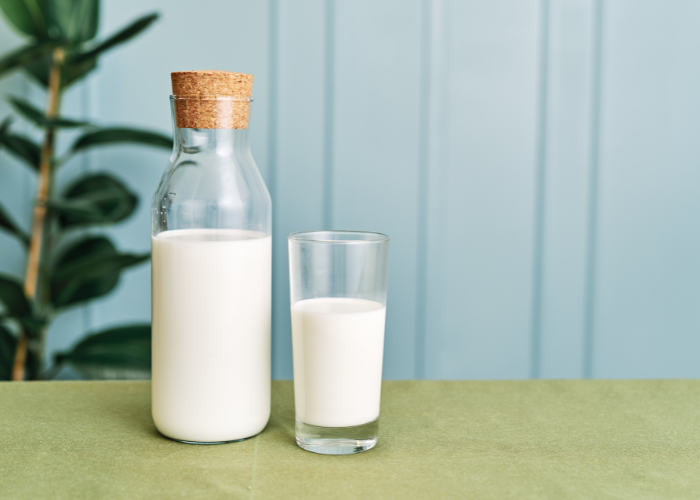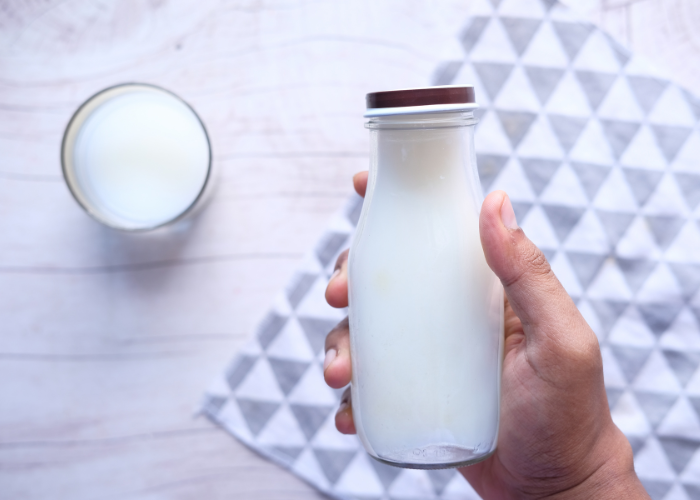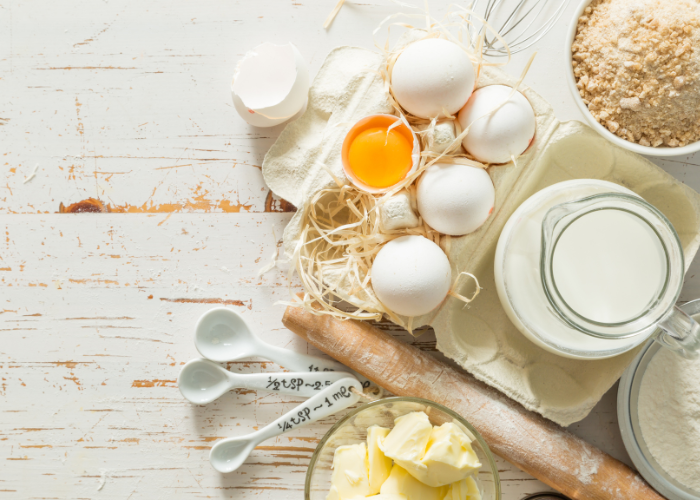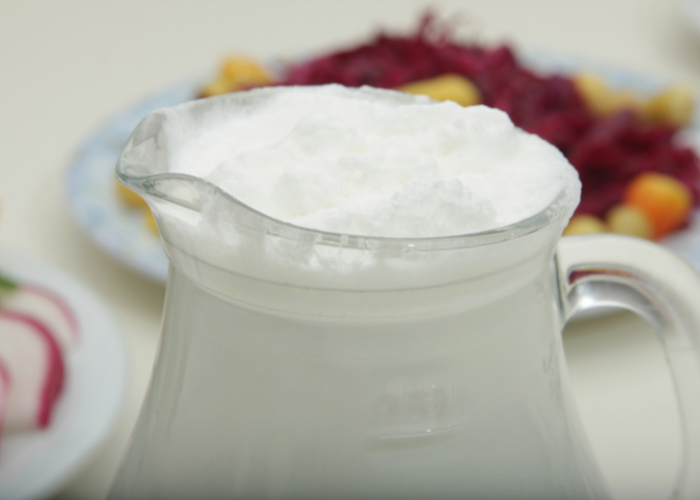Easy Ways to Reduce Dairy Food Waste

It’s estimated that over one-third of food produced in the US goes uneaten. When discarded food ends up in a landfill it gives off greenhouse gasses that get added to our atmosphere. Learning how to store food properly, understanding what the dates on your food actually mean, and learning how to use your leftovers are easy ways to reduce food waste. Below are great tips and tricks to help reduce food waste.
How to Make Milk Last Longer

Many people put food wherever it fits in the fridge. Properly storing your food will help it stay fresh longer and reduce food waste. Learning how to store dairy correctly is especially important for a more sustainable kitchen.
How to Store Milk Properly
- Store in the coldest part of the fridge (the back), not in the doors.
- Ideal temperature is 32 - 40 degrees F.
- Make sure you completely close the carton before putting it away.
- Return milk to the fridge as soon as you’re finished with it.
- Freeze your milk in an ice cube tray to use later in cooking or baking.
How to Store Yogurt Properly
- Store in the coldest part of the fridge (usually in the back).
- Ideal temperature is 32 - 40 degrees F.
- Wrap opened containers with reusable seals like beeswax wraps.
- Potentially freeze it to eat as a snack later.
- Note: The liquid on top of your yogurt is whey protein, a nutrient-rich, high quality. protein. This is good to eat and doesn’t mean your yogurt has gone bad.
How to Store Cheese Properly
- Wrap in reusable beeswax wraps and seal in an airtight container.
- Store in 32-40 degrees F, usually towards the back.
- Freeze hard and soft cheeses. Place in the fridge to thaw. Texture may change depending on the type of cheese after thawing. Hard cheese freezes “better” than soft cheeses.
Understanding Dates on Food Labels

Many people believe that the dates on food labels are expiration dates, but this date can mean other things like sell-by or best-by. This misunderstanding leads to perfectly good food getting thrown away. Knowing what the date on your food labels actually means can help reduce food waste and save money.
- Milk: Sell-By date. Properly stored milk can last up to two weeks after the date printed on the label.
- Cheese: Best-By date. Cheese usually lasts 2-4 weeks past this date.
- Yogurt: Best-By date. If stored correctly, yogurt can last up to two weeks past this date.
How to Upcycle Dairy

Finding new ways to use leftover dairy can help reduce food waste.
Different Ways to Use Up Your Milk and Other Dairy Foods
- Use milk, buttermilk, or kefir to make your soups creamier.
- Substitute water with milk, buttermilk, or kefir in baking mixes or add yogurt for a lighter and fluffier texture.
- Freeze milk or yogurt into ice cubes and add them to soups, sauces, coffee, or smoothies for increased creaminess or thaw and use for baking. Note, the milk’s texture will likely change.
- Combine milk, yogurt, or kefir with fruits and veggies for healthy smoothies.
- Freeze hard cheese rinds and add to soups and sauces while they simmer for flavor.
- Tenderize chicken, fish, or pork by marinading or poaching it in milk.
- Replace water with milk in hot chocolate, oatmeal, mashed potatoes, pancakes and waffles, and canned soups.
- Boil corn in milk for sweeter veggies.
- See more ways to enhance your meals with dairy here.
Make New Dairy Foods for Baking

- Buttermilk: combine 1 tablespoon of lemon juice or distilled white vinegar for every 1 cup of milk.
- Sour Cream: ¼ cup milk, ¾ teaspoon distilled white vinegar, and 1 cup heavy cream.
- Creme fraiche: mix 3 cups of heavy cream with 3 tablespoons of buttermilk.
Other Tips
- Use more sustainable products instead of single-use items to store your food to further reduce your overall waste.
- See more ways to avoid food waste here.
Need more help avoiding dairy food waste? Check out these 30 recipes to help you use up your leftover dairy, veggies, and more






